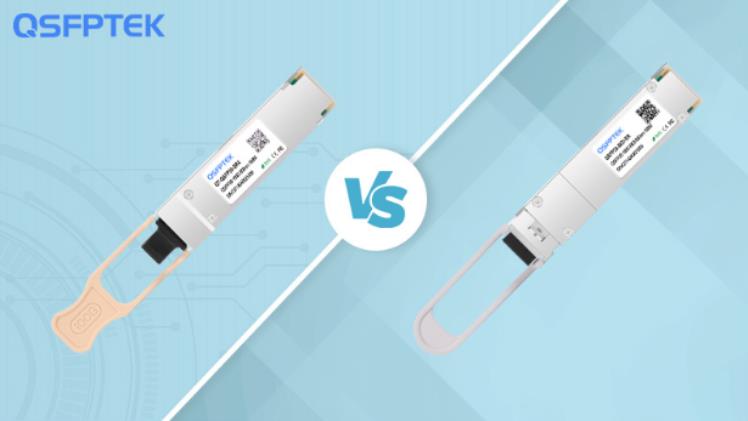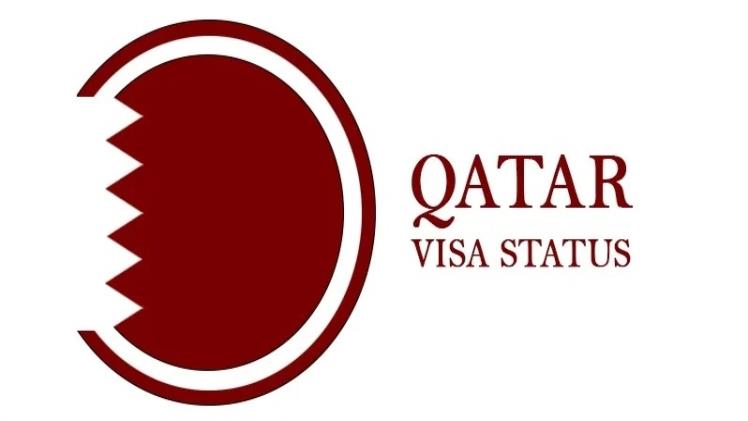When building a high-speed data center network, there are many options for 100G short-distance transmission solutions, among which 100GBASE-SR4, 100GBASE-BiDi SR and 100GBASE-SR10 in QSFP28 form factor are common options. Although they all serve 100 Gbps rate and are based on multimode fiber, there are significant differences in implementation methods, resource consumption and applicable scenarios. This article will deeply analyze the core differences between the three.
Core Concepts
100GBASE-SR4: This is the most mainstream 100G multimode solution. Its core principle is parallel optics, using 4 independent channels (4×25 Gbps) to transmit data simultaneously (4 transmit and 4 receive). “SR” stands for Short Range, and “4” refers to the number of channels. The typical transmission distance of 100G SR4 is about 70 meters on OM3 fiber and up to 100 meters on OM4 fiber.
100GBASE-SR10: This is an earlier 100G implementation. It uses 10 channels (10×10 Gbps) working in parallel (10 transmit and 10 receive) to accumulate 100G bandwidth. “10” represents the number of channels. It supports the same transmission distance as SR4 (OM3: 70m, OM4: 100m).
100GBASE-BiDi SR: This is a bidirectional technology. Its subtlety lies in the ability to transmit the send and receive data streams simultaneously on the same fiber, and to achieve directional isolation by using different wavelengths (usually 850nm for send and 900nm for receive). It uses 2 50Gbps channels (one channel in each direction) to aggregate to 100Gbps.
Key Differences
The following table summarizes the key differences between the three solutions:
| Features | 100GBASE-SR4 | 100GBASE-BiDi SR | 100GBASE-SR10 |
| How it works | 4x25G parallel optics (4T/4R) | 2x50G bidirectional wavelength multiplexing (1T/1R/fiber) | 10x10G parallel optics (10T/10R) |
| Fiber requirements | 8-fiber (standard MPO cabling) | Only 2-fiber (LC duplex connector) | 20-fiber (high-density MPO cabling) |
| Fiber connector | MPO/MTP-12 (commonly used 8-fiber) | Standard LC duplex | MPO/MTP-24 (commonly used 20-fiber) |
| Working wavelength | All channels are 850nm | Unidirectional wavelength isolation (such as Tx: 850 nm, Rx: 900 nm) | All channels are 850 nm |
| Main advantages | Mainstream solution, cost-effective and versatile | High fiber resource utilization, easy to upgrade old networks | Backward compatible with some 10G SR equipment |
| Main disadvantages | More fibers (8 cores) required | Module cost is usually slightly higher than SR4 | Huge fiber consumption, complex wiring, high cost |
| Applicable scenarios | New short-distance backbone, high-density interconnection | Fiber resources are tight or upgrade existing dual-core links | Specific compatible scenarios, has been gradually eliminated |
1. Fiber resource consumption: the most fundamental difference
SR4: As a mainstream solution, it requires 8 fibers (4 for sending and 4 for receiving). This corresponds to the standard MPO-12 cabling system (8 of which are used).
BiDi SR: This is its biggest highlight. Only 2 optical fibers (one for bidirectional Tx/Rx and the other for bidirectional Tx/Rx) are needed to complete 100G transmission. Its core value lies in the direct upgrade to 100G on the existing dual-core multimode optical fiber (such as that used by 10G SR before), which greatly saves optical fiber resources or transformation difficulties.
SR10: It is a big fiber consumer and requires 20 optical fibers (10 for transmission and 10 for reception). This usually requires MPO-24 connectors (using 20 of them), resulting in high wiring costs, limited density, and complex management.
2. Connector type: determined by optical fiber requirements
BiDi SR: Thanks to only 2 optical fibers, it uses a very mature and easy-to-operate standard LC duplex connector.
SR4: Uses MPO/MTP-12 connectors (although designed with 12 fibers, usually only 8 of them are used for transmission).
SR10: Must use MPO/MTP-24 connector (usually uses 20 cores), which is larger in size and relatively complex to plug and unplug.
3. Wavelength utilization: unidirectional parallel vs bidirectional multiplexing
SR4 & SR10: Using traditional parallel optical design, all transmission channels and all receiving channels operate on the same 850nm wavelength. Directional isolation is completely achieved by physically separated optical fibers.
BiDi SR: Applies wavelength division multiplexing (WDM) technology. It uses two different wavelengths (for example, 850nm for transmission, 900 nm for reception, or vice versa) on the same optical fiber to distinguish the transmission direction, thereby achieving single-fiber bidirectional transmission. This is its core technology for saving optical fiber.
4. Comprehensive cost considerations
SR10: The overall cost is usually the highest. The module itself is more expensive (due to the large number of channels), and the cost of the matching 20-core optical fiber wiring is much higher than that of the 8-core or dual-core solution. Its high resource consumption and lack of flexibility make it highly unrecommended for new deployments and it is an outdated technology.
SR4: It is usually the lowest of the three in terms of module cost and is the mainstream in the market with sufficient supply. Its cost challenge mainly lies in fiber cabling, especially when the transmission distance is long or the existing fiber resources are insufficient, the deployment of 8-core links may bring additional expenses.
BiDi SR: The module cost is usually slightly higher than SR4 (due to WDM lasers). However, its huge advantage is significantly reducing the cost of fiber infrastructure. When it is necessary to upgrade to 100G using existing two-core links, or to build new ones but want to save fiber resources to the maximum extent (especially in long-distance or multi-connection scenarios), BiDi SR’s total cost of ownership (TCO) is often the best or very competitive.
Summary and Selection Recommendations
100GBASE-SR10: Unless there is a very specific demand for backward compatibility with 10G SR and fiber resources are extremely abundant, it should be avoided. It does not conform to the trend of high density, low cost and easy management in modern data centers.
100GBASE-SR4: is the mainstream and recommended choice for short-distance (≤100m) 100G interconnection in new data centers. It strikes a good balance between module cost, performance and versatility, and is especially suitable for in-cabinet or short-distance backbone connections. The premise is to plan enough 8-core fiber links.
100GBASE-BiDi SR: is a powerful tool for optimizing fiber resources and upgrading old networks. It is the preferred solution when facing the following situations:
It is necessary to upgrade to 100G on existing dual-core multimode fiber (such as the original 10G link).
New network but want to maximize fiber utilization and reduce the number of fiber bundles (especially in medium and long distance or multi-connection scenarios).
The space of the fiber duct is tight or the cost of laying new fiber is high.
Although the unit price of the module is slightly higher, the cost savings on infrastructure often make it the most cost-effective overall solution.
The choice of which solution to choose ultimately depends on the specific transmission distance, existing fiber infrastructure, budget constraints, and considerations for future scalability. Understanding the key differences above is the basis for making an informed decision.







